The Apple Vision Pro is often referred to as a "flop" in media reports, but by the end of 2024, it will have sold around 500,000 units.
For context, that Wall Street estimate matches almost exactly the money Apple made from the iPhone in 2008, its first full calendar year of sales. While 500,000 units seems small compared to current iPhone or Mac sales, it's impressive for a first, albeit expensive, foray into VR.
In terms of gross revenue, the Apple Vision Pro is projected to bring in as much in its first 11 months as the proposed cost of a new state-of-the-art sports stadium currently being built in Las Vegas. For its first five months, the Apple Vision Pro was only available to purchase in the US.
Across June of 2024, Apple expanded sales to Australia, Canada, China, France, Germany, Hong Kong, Japan, Singapore, and the UK. In November, it debuted in South Korea and the UAE.
While the Apple Vision Pro sells reasonably well for a AR/VR device, its high retail price of $3,500 prevents it from finding a more mainstream audience. The Meta Quest 3, a gaming-focused competing headset, starts at $399 - and sales are in the millions.
Apple's approach will generate some $1.75 billion in revenue, ahead of its first anniversary in February.
More content on the way
Apple has made some effort to bring more content to its VR headset in recent months. Recently it debuted a new virtual concert series with spatial audio called "Concert for One" that featured The Weeknd.
UK recording artist RAYE will star in the second installment of the series. In October, the company released a 16-minute submarine drama, Submerged, also shot in immersive video and spatial audio.
Games and other software have also been rolling out slowly to the Apple Vision Pro, such as the fantasy strategy sim "The Elder Scrolls: Castles." Disney+ contributed a new immersive environment, "Iceland," for the headset.
Early adopters of the Apple Vision Pro have expressed some frustration with the slow rollout of content, but Apple and Blackmagic Design have started using the latter company's 8K immersive video cameras at sporting events and other locations, suggesting more virtual experiences are on the way.
So far, Apple has made its own produced content available for free to maintain enthusiasm for the product and its potential. Nearly a year into it, however, more third-party software and immersive media content need to be produced to keep the Apple Vision Pro viable for the long term.
 Charles Martin
Charles Martin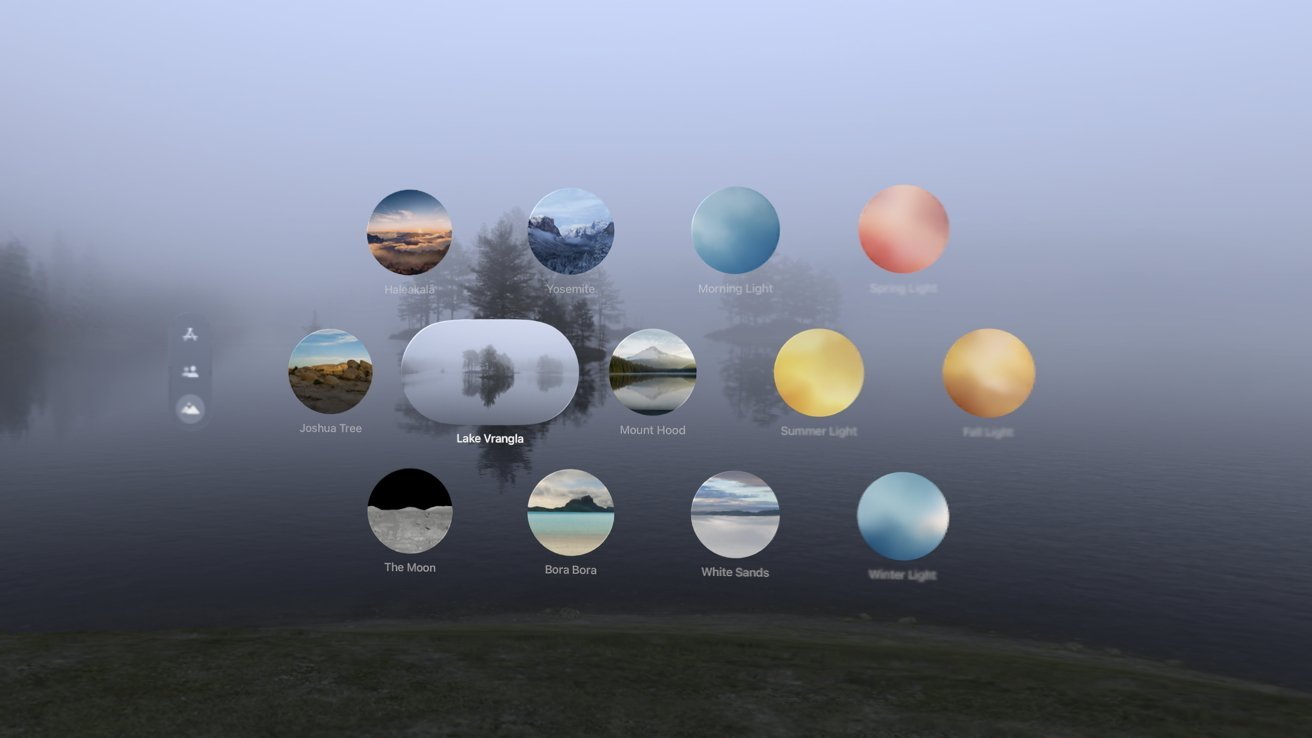
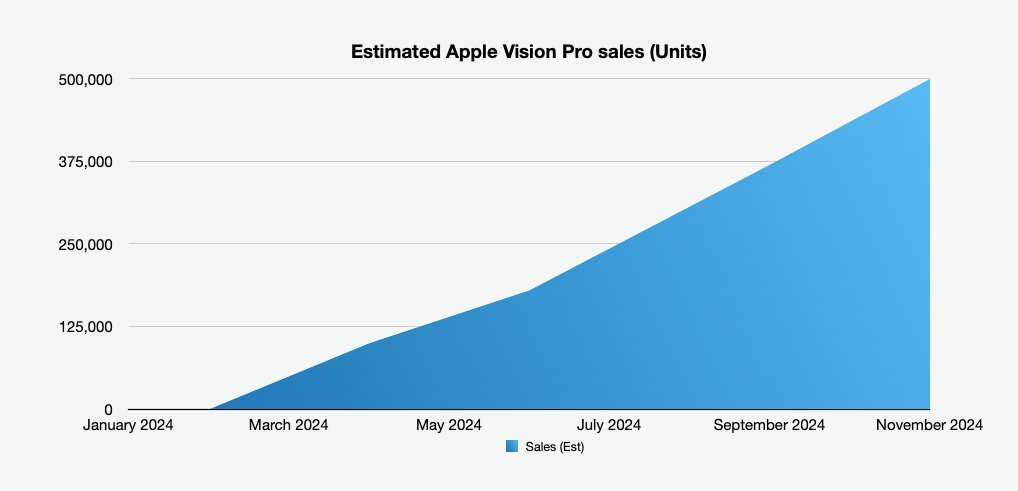




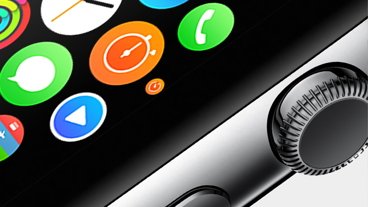
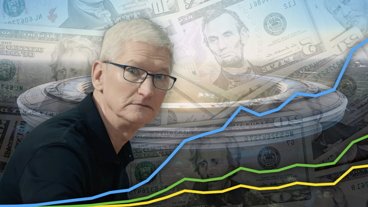

-m.jpg)





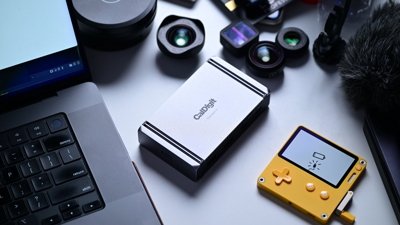
 Andrew O'Hara
Andrew O'Hara
 William Gallagher
William Gallagher
 Andrew Orr
Andrew Orr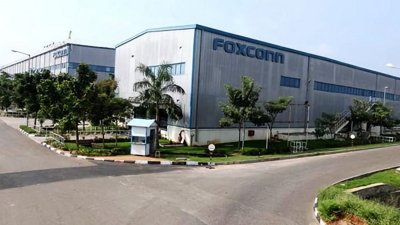
 Mike Wuerthele
Mike Wuerthele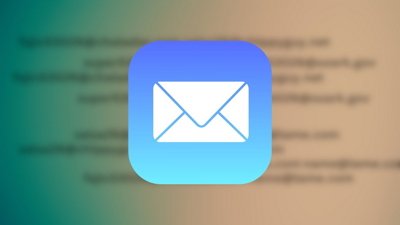
 Bon Adamson
Bon Adamson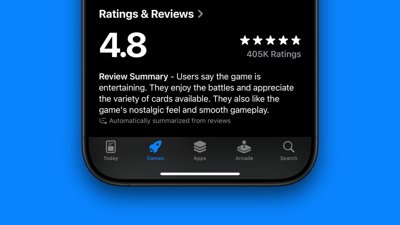
 Marko Zivkovic
Marko Zivkovic
 Wesley Hilliard
Wesley Hilliard
 Amber Neely
Amber Neely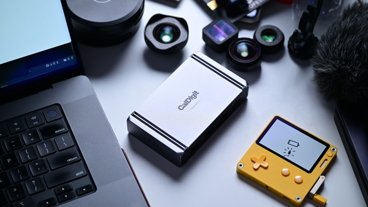



-m.jpg)


22 Comments
I do not know why so many journalist, ‘analysts,’ bloggers… are unable to make themselves our of they anxiety… and think that Apple is stupid… As for Vision Pro… this all happened before. In 2007, when Apple released the first iPhone 3G —well, maybe, some ‘analysts’ were still in indergarten—, Apple said that ‘We expect to have —I do not remember exactly— 1% or something similar by the end of 2008.’ Then ‘analysts’ were speculating if they must calculate the ‘year’ from June 07 to June 08… or to dec 08… all just to fill pages of words. Where is Apple iPhone now? #1 in the US market, going up and down from #1 to #3 in global markets —but with other cellphone makers selling mostly cheaper ones—. And the AppStore did not came out until 2008! So… obviously that VisionPro needs more content… but most probably Apple already knows that. (And, by example, is making a soccer field ready for 3D transmisións!)
When I read this sentence: “